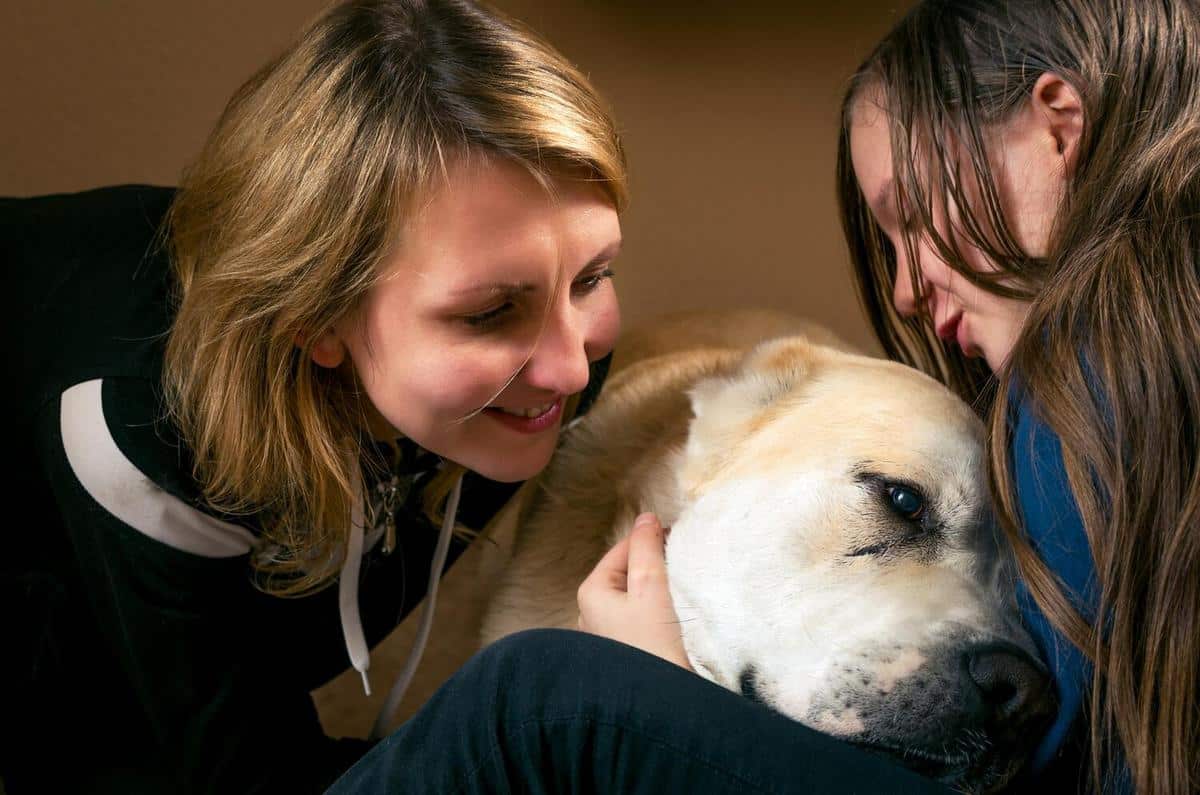
The Benefits of Positive Reinforcement Training for Pets
Imagine transforming the relationship with your pet through a training approach that not only strengthens bonds but also encourages trust and mutual respect. Positive reinforcement training is a method that emphasizes rewarding good behavior, creating a win-win scenario for both pets and their owners.
Positive reinforcement training focuses on rewarding desired behaviors rather than punishing unwanted ones. This approach has been gaining popularity due to its effectiveness and humane nature. According to Dr. Karen Pryor, a well-regarded animal behaviorist, positive reinforcement helps animals learn faster and more reliably. It’s not just about teaching tricks; it’s about building a foundation of trust.
Why Choose Positive Reinforcement?
When it comes to training pets, there are several methods available, but positive reinforcement stands out for a number of reasons:
- Builds Trust: By using rewards, pets associate training sessions with positive experiences, which strengthens the bond between pet and owner.
- Increases Engagement: Pets are more likely to participate actively in training when they anticipate a reward.
- Reduces Fear: Unlike punishment-based methods, positive reinforcement minimizes stress and fear in pets.
- Encourages Repetition: Rewarding good behaviors makes pets more likely to repeat them.
Statistics Supporting Positive Reinforcement
Research has shown that dogs trained with positive reinforcement tend to be more obedient and less aggressive. A study from the Journal of Veterinary Behavior found that dogs trained using reward-based methods were more attentive and less stressed than those trained with aversive techniques.
Personal Experiences with Training
Consider the story of Emily and her dog, Max. Emily struggled with Max’s constant barking until she implemented positive reinforcement by rewarding quiet behavior with treats and affection. Within weeks, Max’s barking was significantly reduced, showcasing the effectiveness of this method.
Getting Started with Positive Reinforcement
Here are some actionable tips to kickstart your journey:
- Identify the Reward: Determine what motivates your pet, whether it’s treats, toys, or praise.
- Consistency is Key: Always reward the behavior immediately to reinforce the connection.
- Start Simple: Begin with basic commands like ‘sit’ or ‘stay’ before moving to more complex tasks.
- Patience Pays Off: Training takes time, so be patient and persistent.
Comparison of Training Methods
| Aspect | Positive Reinforcement | Traditional Methods |
|---|---|---|
| Focus | Rewards | Punishment |
| Pet’s Response | Engaged | Fearful |
| Learning Speed | Fast | Varies |
| Behavior Outcomes | Consistent | Inconsistent |
| Stress Levels | Low | High |
| Owner-Pet Bond | Strengthened | Potentially Weakened |
| Overall Effectiveness | High | Moderate |
| Adaptability | High | Low |
FAQs
How long does it take to see results with positive reinforcement training?
Results can vary, but many pet owners notice improvements within a few weeks of consistent training.
Can all pets benefit from positive reinforcement?
Yes, this method is effective for a wide range of animals, from dogs and cats to birds and even reptiles.
Conclusion
Positive reinforcement training offers a compassionate and effective way to train pets, enhancing both behavior and the bond between pet and owner. By focusing on rewarding good behavior, you can create a more harmonious and fulfilling relationship with your furry companion. Start implementing these techniques today and observe the transformative effects on your pet’s behavior and your mutual connection.


